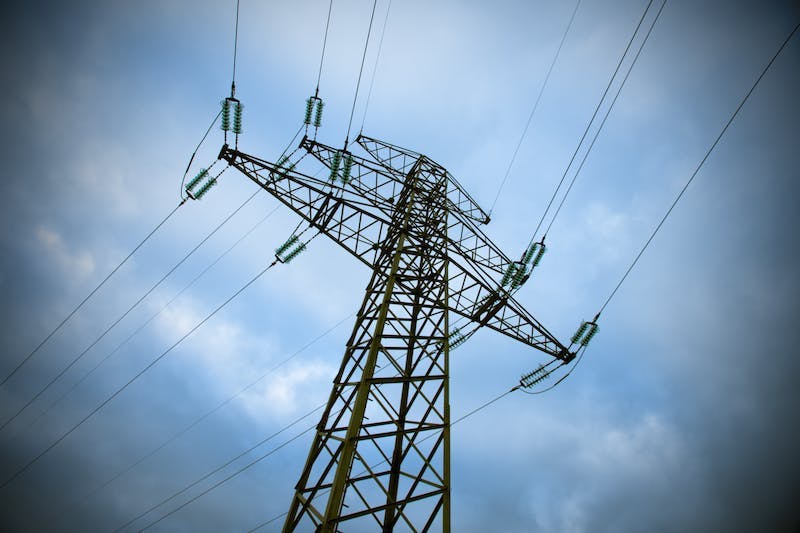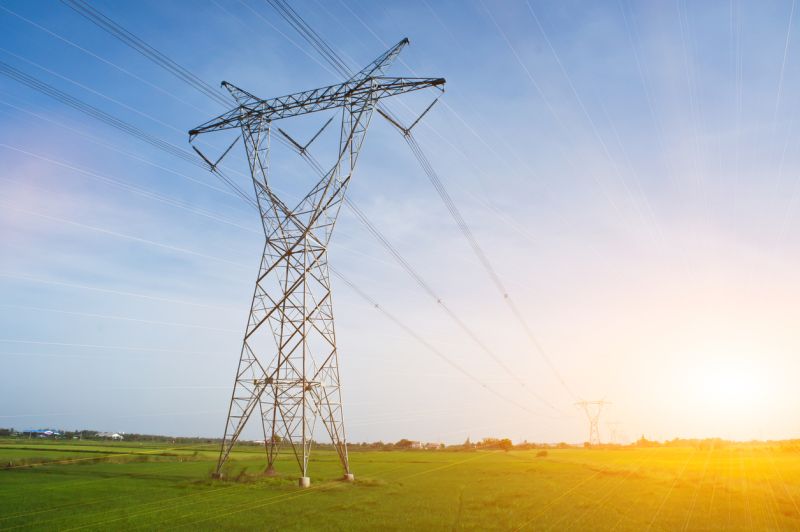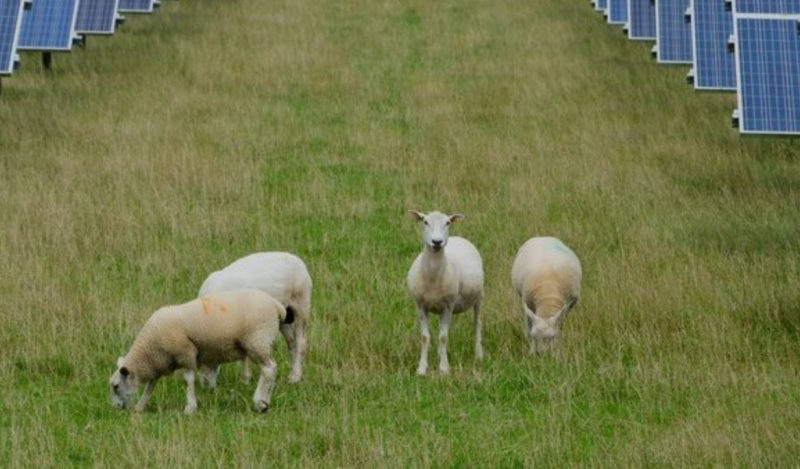In June I wrote about the importance of running a ‘black spot program’ to supplement a big transmission build. Inspired by the road-funding program of the same name, this ‘Grid Black Spot Program’ would use relatively small amounts of money to solve smaller transmission problems. It would solve problems curtailing and stalling projects, issues that are preventing low-cost electricity reaching consumers. This piece elaborates on the idea.
Building wholly new transmission projects is very challenging. There’s so much to them, even before construction: planning, gaining social licence, navigating material and skills shortages… We need big transmission, but there is a real risk that NSW consumers will pay higher prices because of delays. To mitigate this risk, should some of the transmission money be spent on a black spot program?
The NSW Electricity Infrastructure Investment Act 2020 enables money to be spent on these programs via both ministerial powers and the consumer trustee. The challenge is therefore not regulatory, and there aren’t big barriers to beginning: rather, the challenge lies in finding and assessing worthy projects outside the very cumbersome RIT-T process.
Stride believes the best place to start streamlining this process is by tapping into those who are most familiar with the ‘black spots’: companies trying to develop wind, solar and battery projects in the regions. Via their grid-connection studies, these companies can identify diverse problems such as sections of lines needing new conductors, system strength mitigations, and substation upgrades. Fixing these would make a big difference.
Tapping into this existing knowledge would allow us to begin quickly and efficiently unlocking curtailed energy. The process would need to be determined, but could involve communicating with relevant companies to identify problems; assessing projects by dollars invested versus megawatt hours released, perhaps also taking into account the speed of delivery. After priorities were determined, solutions could be found and implemented, delivering more green, cost-effective megawatt hours to the consumer.
A grid ‘black spot program’ in NSW would be an important addition to the great work already being done to future proof the state’s transmission infrastructure. It would complement the big programs, help transmission keep pace with the renewable energy transition, and diversify NSW transmission strategy.
Article by Luke Osborne, first published on LinkedIn.


